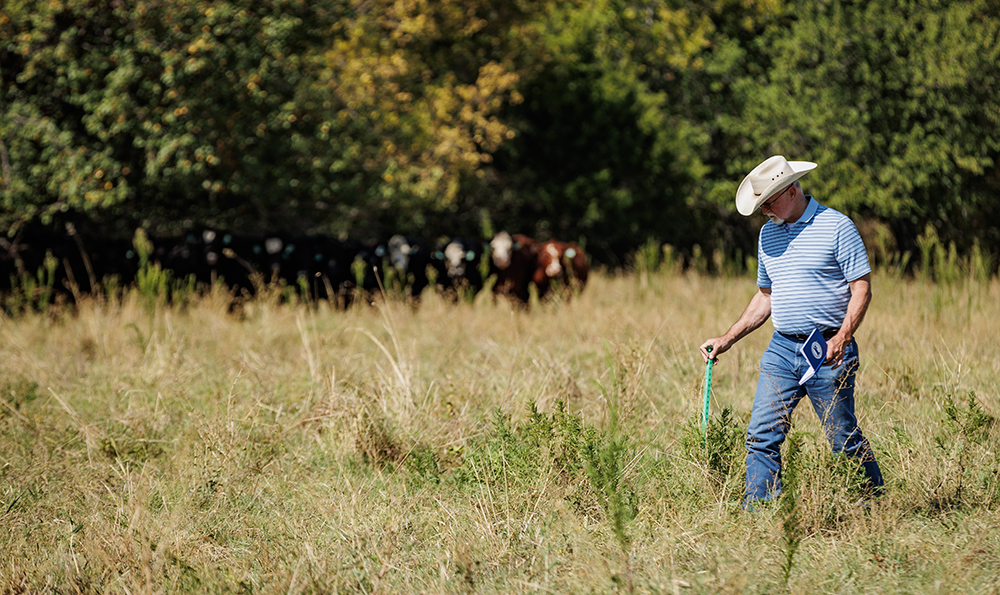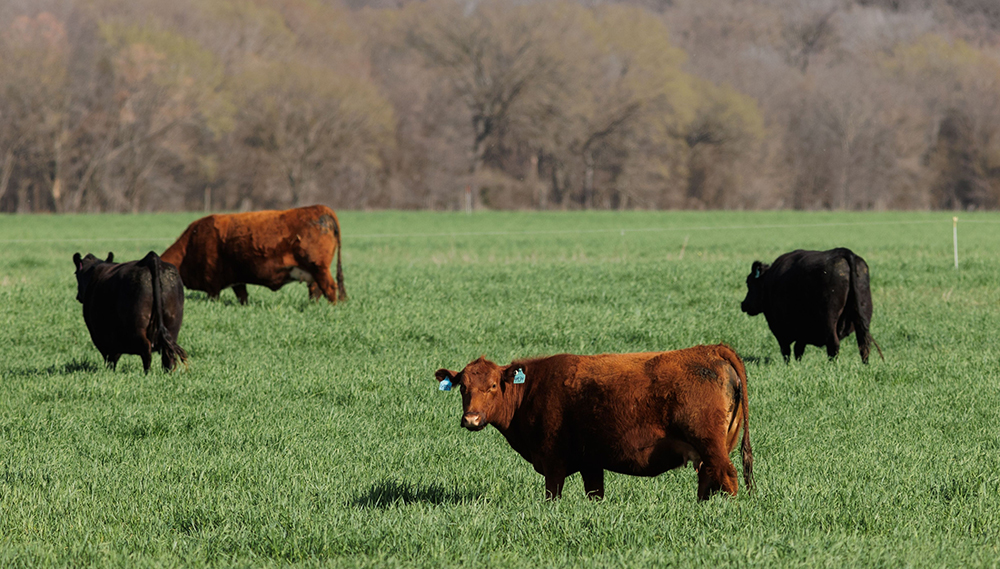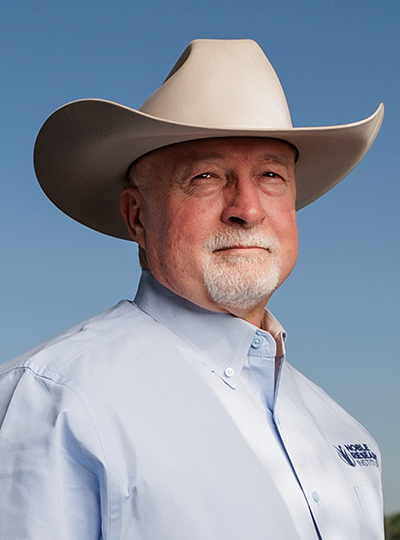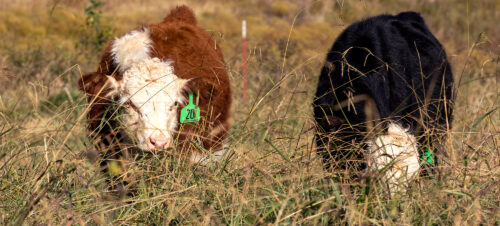More producers are realizing the need to improve their land by rebuilding soil health through a regenerative approach to grazing.
Regenerative ranchers seek to nurture the land’s natural ability to restore the soil using practices based on ecological principles. The regenerative rancher thinks of soil, plants, animals, air, water and themselves as part of one interconnected system that serves as the foundation for their operation and society. While every decision affects the whole enterprise and not just the individual pieces, it all needs to start with soil health.
The practice of regenerative ranching ultimately builds soil and organic matter, which in turn makes the land more resilient. Healthy soil is more drought- and flood-tolerant, ensuring that water remains available for cover crops and grasses to flourish during periods of inconsistent precipitation. Water quality is protected, as well. Finally, regenerative management helps keep ranches profitable through decreased use of chemical inputs and increased grazing capacity.
Noble Research Institute is an independent nonprofit dedicated to researching and delivering solutions to the greatest challenges facing farmers and ranchers. Central to Noble’s approach to regenerative livestock production and profitability is the application of the six soil health principles. These principles guide decision-making on our ranches, and as a result we prioritize practices that enhance soil health, biodiversity and ecological balance.

Core principles of soil health
These six soil health principles are key to building healthy soil. The soil needs actively growing plants, vibrant communities of microbial species and well-managed animal grazing.
No. 1 – Know your context.
Apply the remaining five principles in accordance with your operation, climate, geography, resources, skills and goals. One size does not fit all.
No. 2 – Cover the soil.
Avoid bare ground. Cover crops, managed grazing and trampled residues manage the sun’s access to the soil, help retain moisture and prevent erosion.
No. 3 – Minimize soil disturbance.
Tilling, fire, grazing and fertilizer interrupt the biological activity and/or structure of the soil. Use these tools only as needed to allow the life in the soil to function as intended.
No. 4 – Increase diversity.
The soil benefits from differing interactions of plants and animals. Increases in plant diversity increase pollinators, wildlife and the opportunity for soil health.
No. 5 – Maintain continuous living roots.
Living roots year-round keep the soil biology processes working.
No. 6 – Integrate livestock.

Livestock manage landscapes, facilitate nutrient cycling and enable conservation through management. To nurture healthy soils, vibrant watersheds and thriving plant and wildlife communities, one must be an intentional steward. By embracing the six soil health principles, we believe farmers and ranchers are not just caring for their grazing lands; they’re investing in a legacy of resilient, productive and thriving ecosystems that will benefit animals and humans alike.
If you’re ready to put these principles into practice, Noble Research Institute offers hands-on education courses designed to help you do just that. Through in-person and online learning experiences, you’ll gain practical tools and one-on-one support to apply regenerative principles like soil health, grazing management and profitability strategies to your own operation. Learn more at noble.org/find-a-course.
Editor’s Note: This is part of a continuing series of articles about regenerative ranching for the American Hereford Association. Follow the series in Hereford World and Baldy Advantage, as well as in special “1881” podcasts, at Hereford.org.
Comment
Leave a Reply
6 comment on: "Putting Soil Health First""



ali
May 20, 2025Does the use of dry plant branches to obtain ash affect soil nutrition and improvement?
best regrds
Mr. Ali ahmed omar bamshamsy
Taner, Noble Research Institute
November 7, 2025Wood ash adds key nutrients to the soil, primarily potassium, calcium, and phosphorus, and helps raise the soil pH, thereby reducing acidity. You can also mulch dried branches and spread them over the soil to boost organic matter and enhance overall soil health.
Sean Dunne
May 28, 2025I would like to know if I should mow a pasture after the cattle have been on it , or just leave knocked down forage.
Taner, Noble Research Institute
October 24, 2025In regenerative systems, we usually don’t recommend mowing after grazing.
Trampled forage feeds soil life, and standing plants protect and shade the soil, reducing evaporation and aiding in regrowth. This will form a mulch that helps build soil health. Avoiding mowing also prevents the compaction and disturbance caused by machinery. Leave it in place unless there’s a specific reason to mow.
Sam
June 3, 2025I’m all in on trying to get our soil in proper condition, but what do you do to get rid of briars and other non-desirable growth present in the pastures. We stopped fertilizing and spraying herbicide hoping to help our soil, but now we’re getting runover by the non-desirables.
Taner, Noble Research Institute
June 4, 2025Goats can be an effective tool for managing undesirable plant species. They readily consume forage that is often left untouched by cattle, making them a valuable complement in grazing systems. We have documented our success in using small ruminants to control unwanted vegetation in several of our articles.